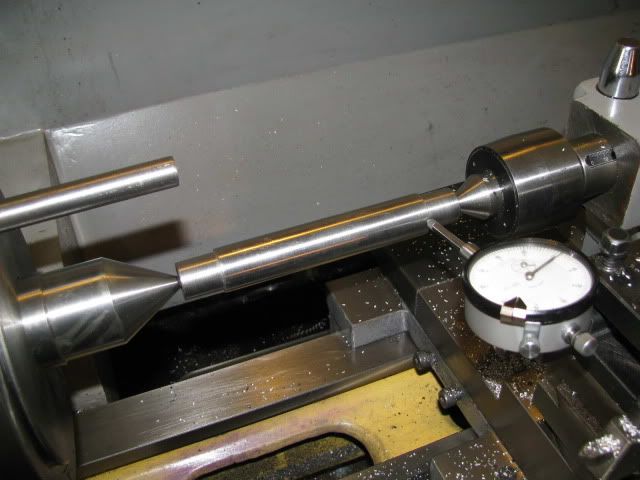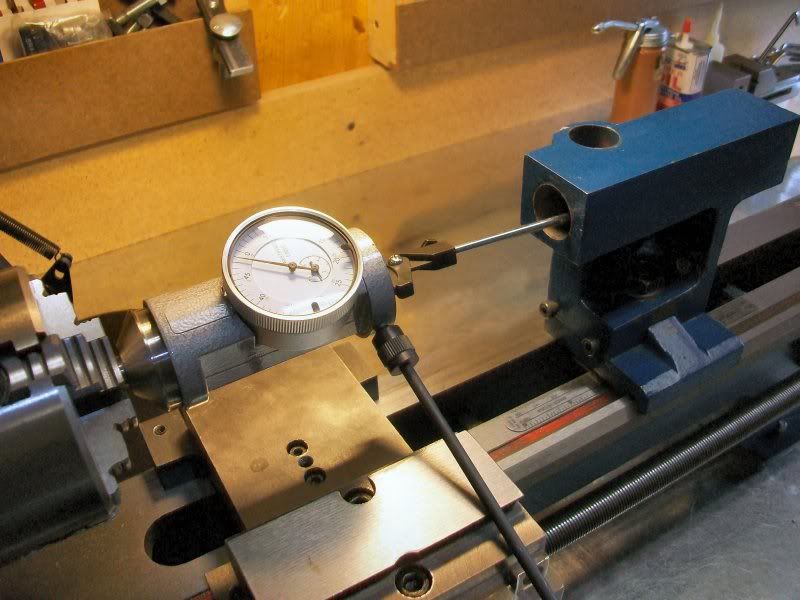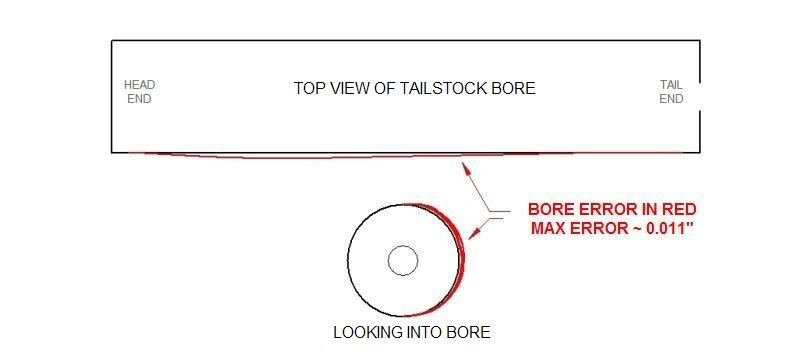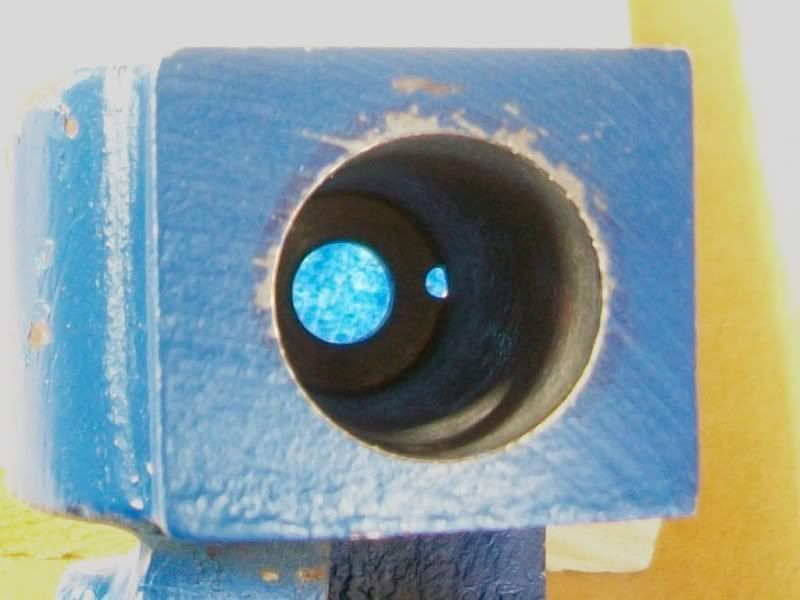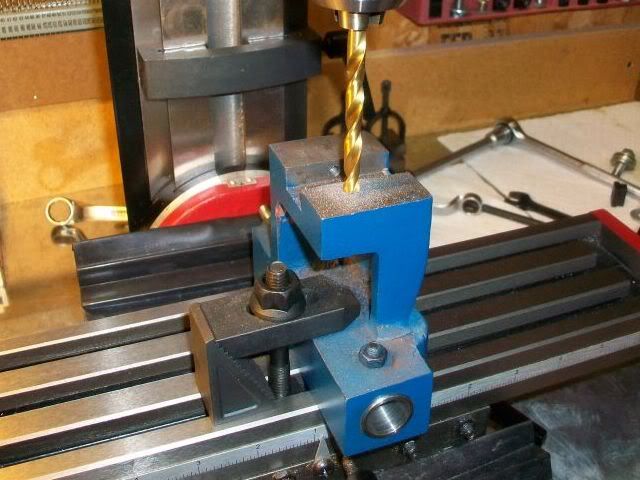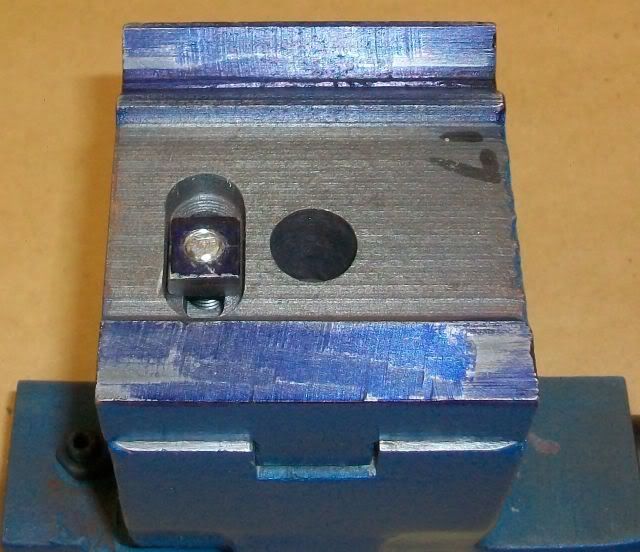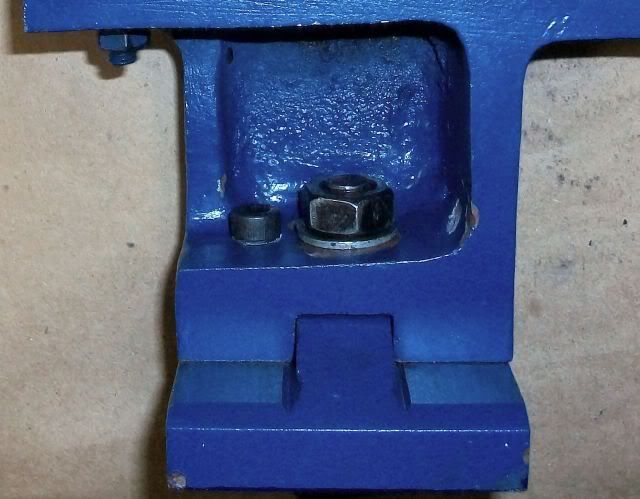compressor man
Well-Known Member
Not that long ago I aligned the tailstock on my minilathe. It has since lived in the cabinet under the lathe. Maybe it got bumped or something but...I was turning some small pulleys yesterday and it eventually came time to bore the axle holes. I started with the center drill and could tell that it was not exactly in the center of the shaft but it didn't seem so bad. But then, when I drilled it out with a 1/4" bit I actually saw the drill bit "spring" back into straight when withdrawing it from the workpiece. Puzzled, I cranked the bit back into the bore hole and saw it bend as it entered!! :wall:
Could someone please describe to me their "fairly simple since I am not a machinist" method of aligning the tailstock on this machine? I had considered centering a piece of shaft in my 4 jaw chuck , then sliding the tailstock up and (with loose alignment bolts) chucking the other end of that shaft into a drill chuck which would of course be inserted in the tailstock. Would this give me a nice alignment which would upon tightening give me good results?
Help!
Could someone please describe to me their "fairly simple since I am not a machinist" method of aligning the tailstock on this machine? I had considered centering a piece of shaft in my 4 jaw chuck , then sliding the tailstock up and (with loose alignment bolts) chucking the other end of that shaft into a drill chuck which would of course be inserted in the tailstock. Would this give me a nice alignment which would upon tightening give me good results?
Help!





